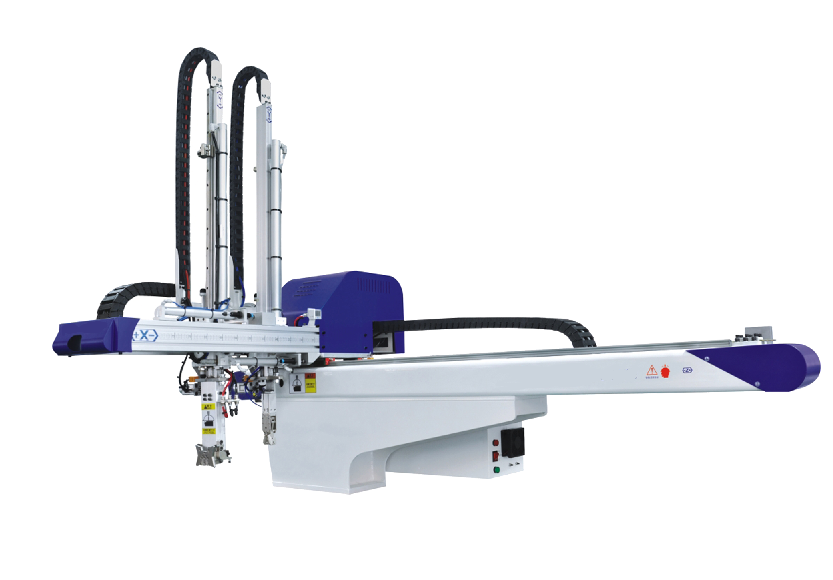
Robotic arms RUNMA manufactures and supplies are used in assembly lines or production lines to take out the components of products to be assembled, and place and fit them in the right place. Most of the robot arms are used to take out the finished products from injection molding machines. For example, in a production line of toys, after the toys have been injected, take-out robotic arms take out the finished products after receiving a signal. And then they put the toys on the conveyor belt, let them flow to the working area, there will be staff are prepare to pack it up, complete the whole production line. Whether the functions can be performed by a manipulator depends on the reach of its end fixture, the orientation in which it can work and the overall working space for a manipulator is determined by the structure of the body of the manipulator.
Next: Robotic Process Automation
Previous: Development Concepts of Robots
